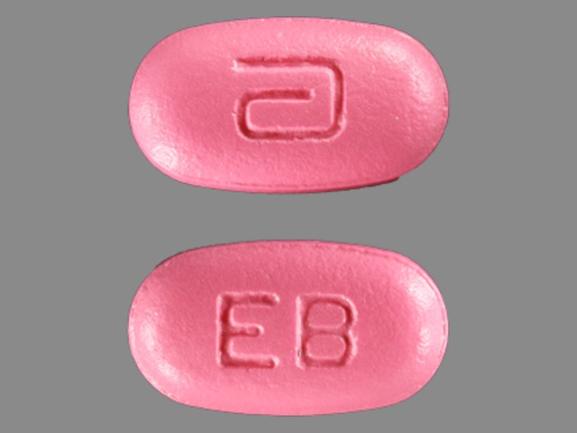Erythromycin and Alcohol/Food Interactions
There are 2 alcohol/food/lifestyle interactions with erythromycin.
erythromycin Alcohol (Ethanol)
Minor Drug Interaction
Ethanol, when combined with erythromycin, may delay absorption and therefore the clinical effects of the antibiotic. The mechanism appears to be due to slowed gastric emptying by ethanol. Data is available only for erythromycin ethylsuccinate. Patients should be advised to avoid ethanol while taking erythromycin salts.
References
- Morasso MI, Chavez J, Gai MN, Arancibia A "Influence of alcohol consumption on erythromycin ethylsuccinate kinetics." Int J Clin Pharmacol 28 (1990): 426-9
erythromycin food
Moderate Food Interaction
ADJUST DOSING INTERVAL: Food may variably affect the bioavailability of different oral formulations and salt forms of erythromycin. The individual product package labeling should be consulted regarding the appropriate time of administration in relation to food ingestion. Grapefruit juice may increase the plasma concentrations of orally administered erythromycin. The proposed mechanism is inhibition of CYP450 3A4-mediated first-pass metabolism in the gut wall by certain compounds present in grapefruits. In an open-label, crossover study consisting of six healthy subjects, the coadministration with double-strength grapefruit juice increased the mean peak plasma concentration (Cmax) and area under the concentration-time curve (AUC) of a single dose of erythromycin (400 mg) by 52% and 49%, respectively, compared to water. The half-life was not affected. The clinical significance of this potential interaction is unknown.
MANAGEMENT: In general, optimal serum levels are achieved when erythromycin is taken in the fasting state, one-half to two hours before meals. However, some erythromycin products may be taken without regard to meals.
References
- Welling PG, Huang H, Hewitt PF, Lyons LL "Bioavailability of erythromycin stearate: influence of food and fluid volume." J Pharm Sci 67 (1978): 764-6
- Welling PG, Elliott RL, Pitterle ME, et al. "Plasma levels following single and repeated doses of erythromycin estolate and erythromycin stearate." J Pharm Sci 68 (1979): 150-5
- Welling PG "Influence of food and diet on gastrointestinal drug absorption: a review." J Pharmacokinet Biopharm 5 (1977): 291-334
- Coyne TC, Shum S, Chun AH, Jeansonne L, Shirkey HC "Bioavailability of erythromycin ethylsuccinate in pediatric patients." J Clin Pharmacol 18 (1978): 194-202
- Malmborg AS "Effect of food on absorption of erythromycin. A study of two derivatives, the stearate and the base." J Antimicrob Chemother 5 (1979): 591-9
- Randinitis EJ, Sedman AJ, Welling PG, Kinkel AW "Effect of a high-fat meal on the bioavailability of a polymer-coated erythromycin particle tablet formulation." J Clin Pharmacol 29 (1989): 79-84
- Kanazawa S, Ohkubo T, Sugawara K "The effects of grapefruit juice on the pharmacokinetics of erythromycin." Eur J Clin Pharmacol 56 (2001): 799-803
Erythromycin drug interactions
There are 640 drug interactions with erythromycin.
Erythromycin disease interactions
There are 5 disease interactions with erythromycin which include:
More about erythromycin
- erythromycin consumer information
- Check interactions
- Compare alternatives
- Pricing & coupons
- Reviews (67)
- Drug images
- Side effects
- Dosage information
- During pregnancy
- Support group
- Drug class: macrolides
- Breastfeeding
- En español
Related treatment guides
Drug Interaction Classification
| Highly clinically significant. Avoid combinations; the risk of the interaction outweighs the benefit. | |
| Moderately clinically significant. Usually avoid combinations; use it only under special circumstances. | |
| Minimally clinically significant. Minimize risk; assess risk and consider an alternative drug, take steps to circumvent the interaction risk and/or institute a monitoring plan. | |
| No interaction information available. |
Further information
Always consult your healthcare provider to ensure the information displayed on this page applies to your personal circumstances.


